Effective management of soil salinity – revising leaching norms

Authors:
Theeffectivenessofthecurrentsoilsalinitymanagement,whichmainly relieson pre-season leaching based on static norms, is limited despite the relatively high leaching waterinput(400–500 mm).Thelowleachingeffectivenessisillustrated by the spatial distribution of soil salinity in a representative study area as monitored using the electromagnetic induction technique. Analyses of the soil salinitybeforeandafterleachingshowedashiftingofsaltsfromupper(20 cm)to lower layers rather than an effective removal of salts. To improve the leaching effectiveness, an approach is recommended that includes advanced monitoring tools, such as the non-destructive electromagnetic induction technique coupled withGPSanddataloggerandmodelingofsaltdistributionwithinthesoilprofile. Due to a high working speed (70–80 ha per 1–2 days) and quick availability of results, the combination of monitoring and modeling tools provides high-resolution information that would allow timely and site-specific measures to cope with the temporally and spatially variable soil salinization. Advanced leaching strategies demand an infrastructure for discharge at the field level, which is not always and everywhere available. In addition, laserguided landleveling facilitates auniform applicationof appropriate amounts of leachingwateraswellasofirrigationwaterduringthevegetationperiod.Overall, the simulation by the HYDRUS-1D model indicates that an improved management system has the potential to raise leaching effectiveness and to avoid salt accumulation in the root zone during the vegetation period.
